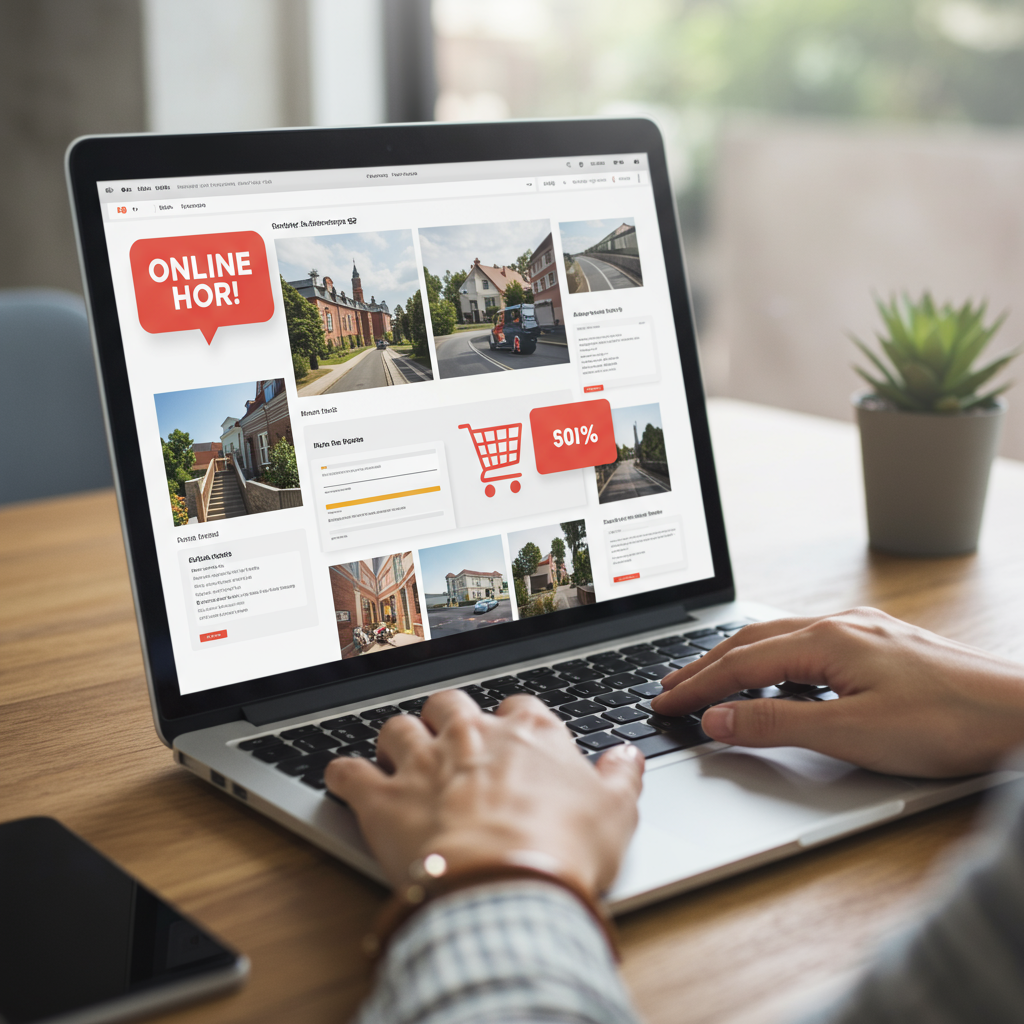Unlock Your Store’s Potential: Actionable Strategies I Used to Kickstart Sales and Build a Thriving Online Business.
Hello fellow entrepreneurs! I remember the excitement, and perhaps a little overwhelm, when I first launched my Shopify store. It’s a fantastic platform, but getting noticed and making those initial sales can feel like climbing a mountain.
That’s why I’ve put together this guide, sharing some of the most effective growth hacks I’ve learned and applied to help new Shopify sellers like you not just survive, but thrive.
My goal here is to provide actionable insights that you can implement right away, without needing a massive marketing budget or a team of experts.
Let’s dive into what I believe are the foundational steps and clever strategies to kickstart your Shopify journey.
First, I always emphasize the importance of niching down. Don’t try to be everything to everyone. A focused niche allows you to target your marketing efforts more effectively and build a strong brand identity.
Think about who your ideal customer is. What are their pain points? What solutions do your products offer? The clearer you are on this, the easier everything else becomes.
Once you have a niche in mind, I highly recommend validating your product idea. This could involve surveying potential customers, looking at competitor sales, or even running small ad campaigns to gauge interest before investing heavily.
Your Shopify store isn’t just a storefront; it’s a sales machine. I’ve found that a clean, professional, and easy-to-navigate design is paramount.
Use high-quality product images – multiple angles, lifestyle shots, and even videos if possible. Remember, customers can’t touch your products online, so visuals are everything.
Write compelling product descriptions that highlight benefits, not just features. Tell a story. How will this product improve your customer’s life?
Ensure your checkout process is seamless. Minimize steps, offer multiple payment options, and clearly display shipping costs and return policies. Trust me, abandoned carts often stem from a clunky checkout.
I know SEO can sound intimidating, but for new sellers, it’s about the basics. Start by researching keywords relevant to your products and niche.
Integrate these keywords naturally into your product titles, descriptions, blog posts, and page content. Shopify has built-in SEO features that make this relatively straightforward.
Don’t forget about meta titles and descriptions for each page. These are what appear in search results and can significantly impact click-through rates.
Email marketing is one of the highest ROI channels, and I urge every new seller to start building an email list from day one.
Offer an incentive for signing up, like a small discount on their first purchase, exclusive content, or early access to new products.
Set up automated email flows: a welcome series for new subscribers, abandoned cart reminders, and post-purchase follow-ups. These are powerful tools for nurturing leads and driving repeat sales.
Identify where your target audience spends their time online. Is it Instagram, TikTok, Pinterest, or Facebook? Focus your efforts there.
Consistently create valuable content – not just sales pitches. Share behind-the-scenes glimpses, user-generated content, tutorials, and engage with your community.
While organic reach is great, I’ve found that even a small budget for paid social media ads can yield significant results, especially for reaching new audiences. Start with retargeting ads for abandoned carts or website visitors.
Social proof is incredibly powerful. I always encourage customers to leave reviews after their purchase. Shopify apps can automate this process.
Respond to all reviews, positive or negative. It shows you care and builds trust.
Actively solicit user-generated content (UGC) by encouraging customers to share photos or videos of themselves using your products. This is authentic marketing gold.
This might seem obvious, but I can’t stress enough how crucial excellent customer service is. Prompt, friendly, and helpful responses build loyalty and positive word-of-mouth.
Be transparent with your policies, shipping times, and any potential issues. A happy customer is a repeat customer and a brand advocate.
The Shopify App Store is a treasure trove. I’ve used apps for everything from email marketing and SEO to upsells, cross-sells, and loyalty programs.
Don’t overload your store with too many apps, as they can slow down your site. Choose wisely, focusing on those that directly address a specific need or growth opportunity.
Shopify’s analytics dashboard provides a wealth of information. I make it a habit to regularly review my sales data, traffic sources, and customer behavior.
Understanding what’s working and what isn’t allows you to make data-driven decisions, optimize your marketing, and refine your product offerings.
Finally, and perhaps most importantly, I want to remind you that building a successful Shopify store takes time, effort, and persistence. There will be ups and downs.
Don’t get discouraged by slow starts. Keep learning, keep experimenting, and keep refining your strategies. Every successful entrepreneur has faced challenges.
I truly believe that by implementing these growth hacks, you’ll be well on your way to building a thriving online business.
What do you think about this article? I’d love to hear your thoughts or any additional tips you’ve found helpful!






